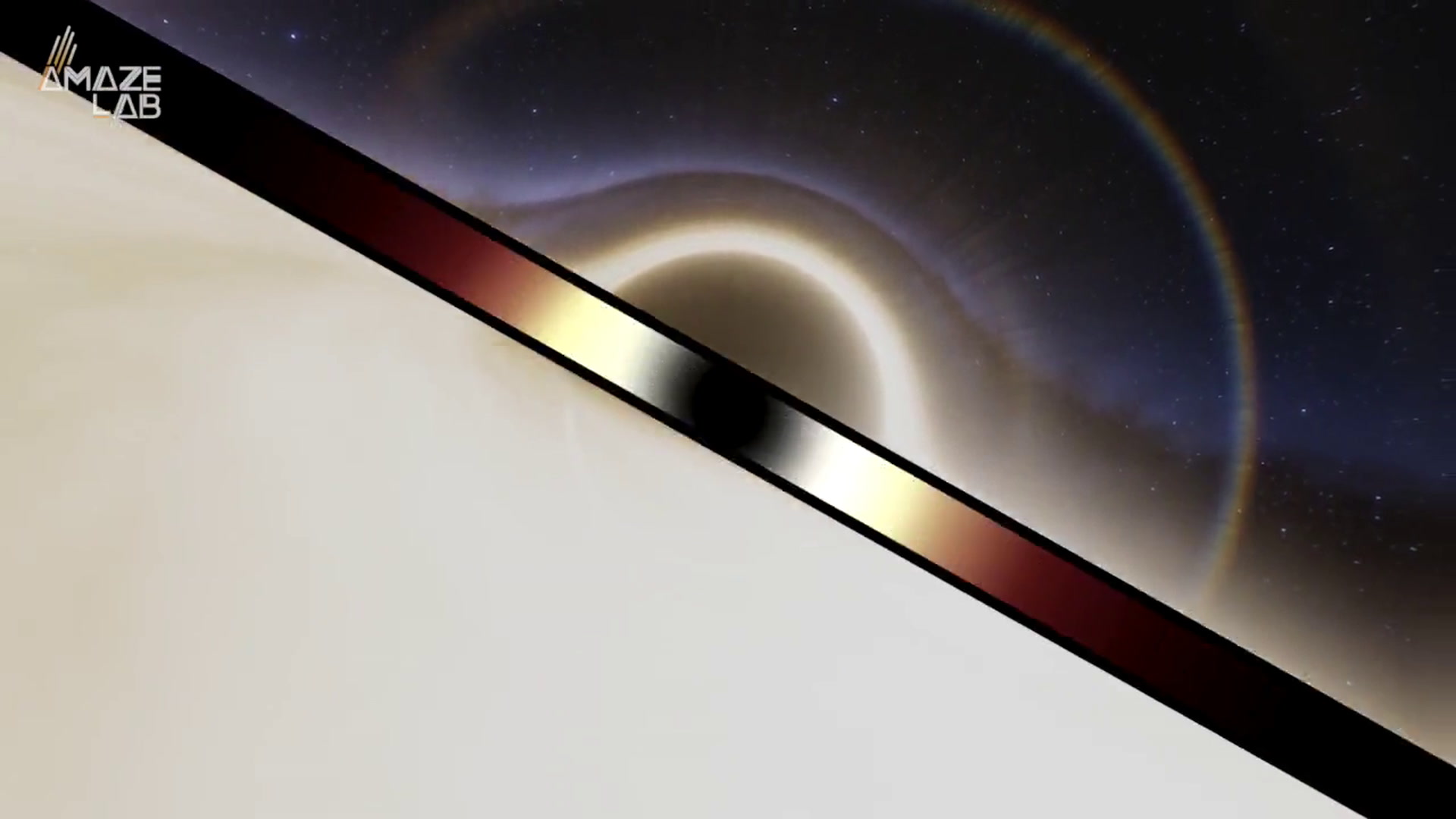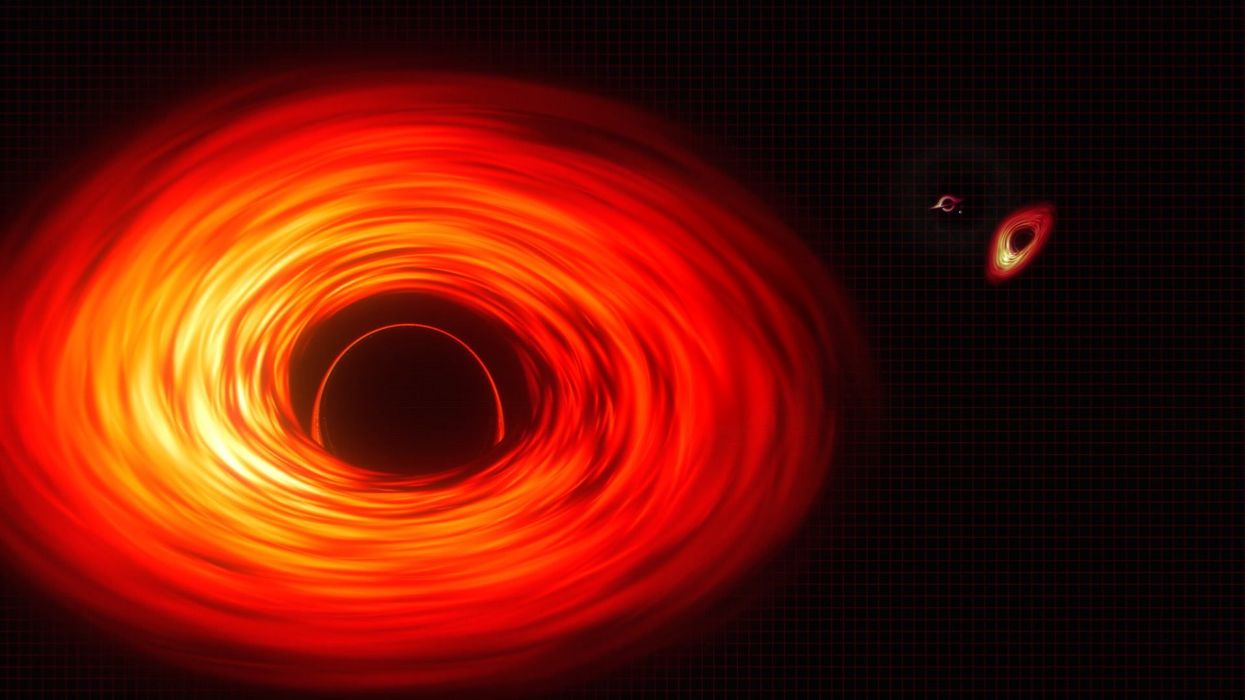Harriet Brewis
May 03, 2023
Nasa footage shows how terrifyingly vast black holes are
content.jwplatform.com
Fancy feeling tiny and insignificant today? Well, NASA has got you covered.
The space agency has just created a video illustrating the scale of black holes and they can be truly, unfathomably monstrous.
These celestial titans lurk at the centre of most large galaxies – including our very own Milky Way – and can contain tens of billions of times more mass than our Sun.
But, as the animation (released by the Goddard Space Flight Center), makes clear, the size of black holes varies greatly.
Sign up for our free Indy100 weekly newsletter
And, in fact, it’s not quite accurate to describe them in terms of “size” because the rules of measurement we’re used to don’t apply to them.
Black holes are, as far as we know, the densest objects in the Universe. Indeed, their density is so intense that space-time becomes gravitationally warped around them, meaning not even light can escape their clutches.
Instead, a “shadow” is produced which is about twice the size of the black hole’s actual boundary, or event horizon, as its known.
It is these shadows which NASA’s Goddard team used to scale the 10 supersized black holes set out in their animation.
NASA Animation Sizes Up the Biggest Black Holesyoutu.be
Starting near the Sun, the camera gradually pans out to compare ever-larger black holes to different structures in our solar system.
The journey begins with 1601+3113 (catchy name, no?) – a dwarf galaxy hosting a black hole packed with the mass of 100,000 Suns. The matter is so compressed that even the black hole’s shadow is smaller than our Sun.
The black hole at the heart of our Milky Way, Sagittarius A*, boasts the weight of 4.3 million Suns, and its shadow diameter spans about half that of Mercury’s orbit in our solar system.
The video goes on to reveal two monster black holes in the galaxy known as NGC 7727. Located about 1,600 light-years apart, one weighs 6 million solar masses and the other more than 150 million Suns. Astronomers say the pair will merge within the next 250 million years, as the animation’s creators note.

Now, it’s time for the real heavyweights, starting with M87’s black hole which has a mass of 5.4 billion Suns. Its shadow is so huge that even a beam of light traveling at 670 million mph (1 billion kph) would take some two and a half days to cross it.
The film ends with TON 618, one of just a handful of extremely distant and massive black holes that astronomers have been able to directly measure.
It contains more than 60 billion solar masses and has a shadow so large that a beam of light would take weeks to cross it.
It’s time to give our heads a rub and come back down to Earth, we think.
Have your say in our news democracy. Click the upvote icon at the top of the page to help raise this article through the indy100 rankings.
Top 100
The Conversation (0)














